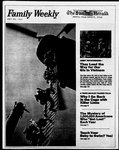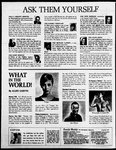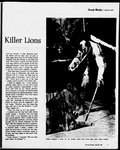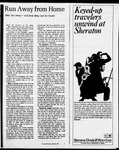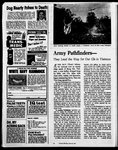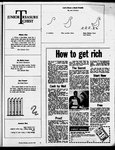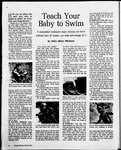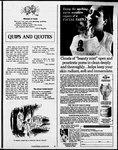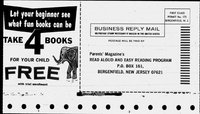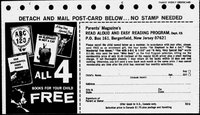Pages | 44 of 50
Provo Sunday Herald | 1967-07-23 | Page 44
| Type | issue |
| Date | 1967-07-23 |
| Paper | Provo Sunday Herald |
| Language | eng |
| City | Provo |
| County | Utah |
| Rights | No Copyright - United States (NoC-US) |
| Publisher | Digitized by J. Willard Marriott Library, University of Utah |
| ARK | ark:/87278/s63f9sg4 |
| Reference URL | https://newspapers.lib.utah.edu/ark:/87278/s63f9sg4 |
Page Metadata
| Type | page |
| Date | 1967-07-23 |
| Paper | Provo Sunday Herald |
| Language | eng |
| City | Provo |
| County | Utah |
| Page | 44 |
| Reference URL | https://newspapers.lib.utah.edu/ark:/87278/s63f9sg4/27921151 |
































